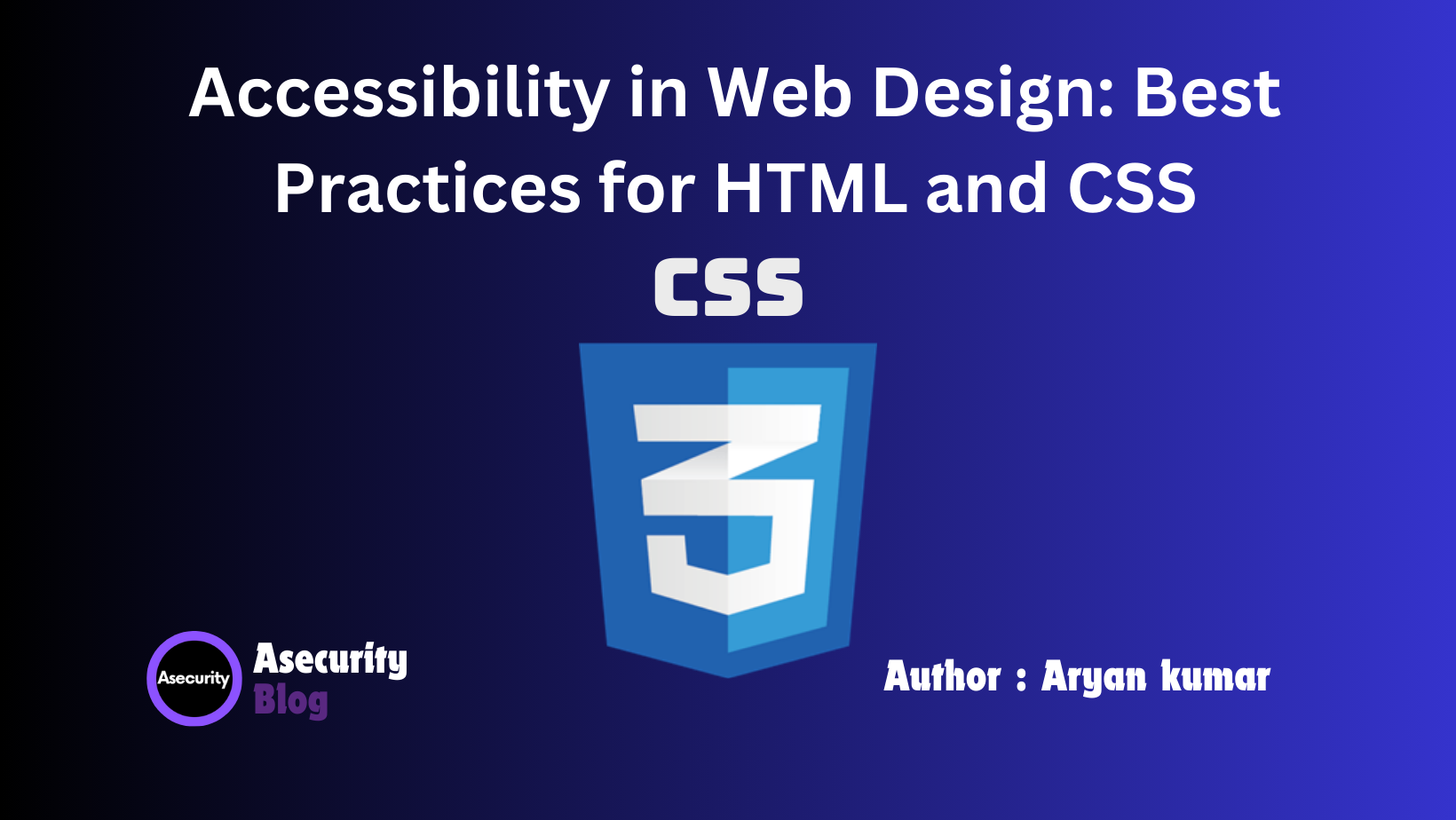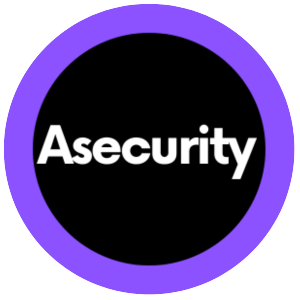Accessibility in Web Design: Best Practices for HTML and CSS

Creating accessible websites is essential for ensuring that all users, including those with disabilities, can fully engage with and utilize web content. Accessibility in web design isn't just about compliance; it's about making the web a more inclusive space for everyone. In this blog, we will explore the best practices for making web pages accessible using HTML and CSS.
Understanding Accessibility in Web Design
Accessibility in web design refers to the practice of making websites usable by people of all abilities and disabilities. This includes ensuring that users who rely on assistive technologies such as screen readers, keyboard navigation, or voice recognition software can navigate and understand the content effectively.
The primary goal of accessibility is to ensure equal access and opportunity to all users. When designing and developing websites, it's crucial to keep in mind various disabilities, including visual, auditory, physical, speech, cognitive, and neurological impairments.
Best Practices for Accessible HTML
- Use Semantic HTML Elements: Semantic HTML tags provide meaning to the web content, which is especially useful for assistive technologies. Elements like
<header>,<main>,<footer>,<article>, and<nav>help define the structure of a webpage, making it easier for screen readers to interpret and navigate. - Properly Use Form Labels: Always associate
<label>elements with their corresponding form inputs. This association helps screen readers announce the input type and purpose, providing a better user experience for those relying on these tools.
<label for="email">Email:</label>
<input type="email" id="email" name="email">
- Include Alt Text for Images: Alternative text (alt text) is used within
<img>tags to describe images. Alt text is crucial for users who cannot see the images, as screen readers will read the alt text aloud.
<img src="logo.png" alt="Company Logo">
- Use ARIA Roles and Properties: ARIA (Accessible Rich Internet Applications) roles, states, and properties enhance HTML accessibility by providing additional information to assistive technologies. For example, using
role="navigation"to indicate a navigation menu oraria-live="polite"to update dynamic content without disrupting the user's workflow. - Ensure Proper Heading Structure: Headings (
<h1>to<h6>) should be used in a hierarchical manner to indicate the structure of content on the page. This helps screen readers provide an outline of the page, making it easier for users to jump to the section they need.
Best Practices for Accessible CSS
- Use High Contrast Colors: Ensure sufficient contrast between text and background colors to make the content readable for users with visual impairments or color blindness. Tools like the WebAIM Contrast Checker can help verify color contrast ratios.
- Avoid Using Color Alone to Convey Information: Color should not be the only means of conveying important information. For example, if a form field is required, don't just use a red border; also include a text description or an icon.
- Support Keyboard Navigation: Ensure that all interactive elements (like links, buttons, and form fields) are accessible via keyboard. CSS should not interfere with keyboard accessibility, and focus styles should be visible and prominent to guide users through navigation.
button:focus, a:focus {
outline: 2px solid #ff0000; /* Custom focus style */
}
- Responsive and Scalable Design: Ensure that your design is responsive and that text can be resized without breaking the layout. This can help users with visual impairments who may need to zoom in on text or use screen magnifiers.
- Limit the Use of Animations and Transitions: Some users may have vestibular disorders that make them sensitive to certain animations and transitions. Use the
prefers-reduced-motionCSS media feature to offer a reduced-motion experience.
@media (prefers-reduced-motion: reduce) {
* {
transition: none;
animation: none;
}
}
Testing for Accessibility
After implementing accessibility features, it's essential to test your website to ensure it's accessible to all users. Use tools like Lighthouse, Axe, or WAVE to perform automated accessibility audits. Additionally, manual testing with screen readers and keyboard-only navigation can provide valuable insights into the user experience for individuals with disabilities.
Conclusion
Making your web pages accessible is not just about adhering to legal standards; it's about creating an inclusive digital environment where everyone has the opportunity to engage with and benefit from your content. By following these best practices for HTML and CSS, you can enhance the accessibility of your web pages, ensuring a better experience for all users.
Let's commit to building a more inclusive web, one accessible page at a time.
Happy coding!
Author: Aryan Kumar is a web developer specializing in HTML, CSS, and JavaScript, working at Asecurity. Contact here (Instagram) : @aryan_geek .
#webdevelopment #html #css #javascript

